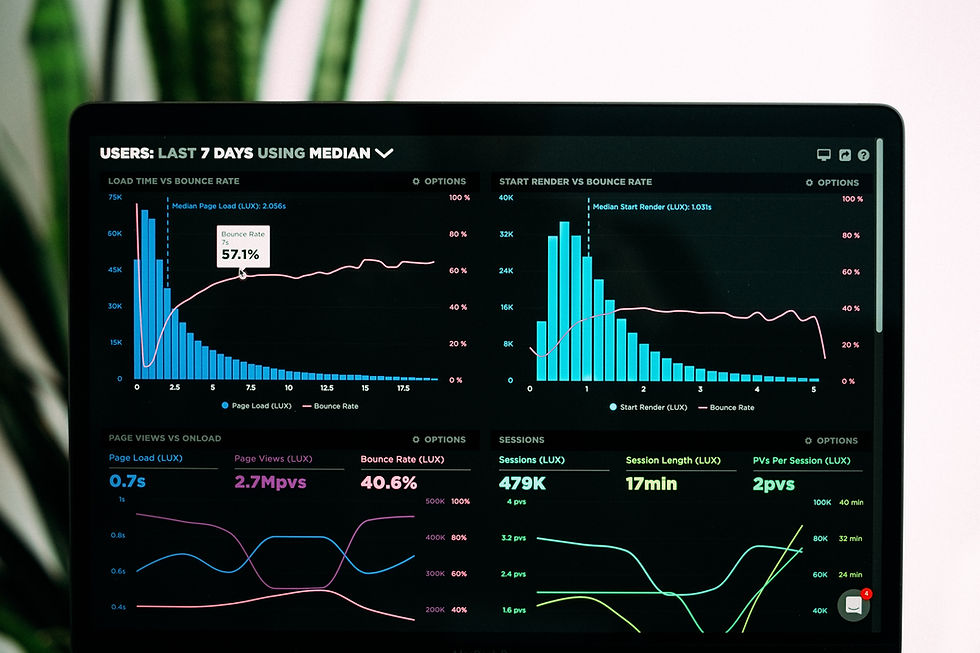Cloud computing has revolutionized everything from the job market and how businesses operate, these changes show great promise, but risks are involved. Many firms worldwide look to cloud technology to help them gain a more significant market share in their industries and increase productivity. By 2026 the cloud computing market will reach $947.3 billion; where there's money, there are hackers.

Account Hijacking
Account hijacking, or session riding, happens when a hacker swipes a user's account credentials and information illegally enters the system's cloud network. Account hijacking is probably the fifth-highest weak point a hacker will try to enter. There are several ways hackers use to hijack accounts, such as and including:
1. Phishing Scams
Hackers will attempt to direct users to an unsecured website, usually sending an email from a website they often use and getting the user to enter their information to hijack the account later.

2. Keylogger Exploits
Sophisticated programs record all the keystrokes users enter, including passwords and ID information, and send them to the attackers immediately.
3. Buffer Overflow Attacks
Completely overwriting all data in the computer's memory and replacing it with a similar-looking piece of data; the only difference is that the new part is malicious, helping to give complete access to all information.
4. Cross-Site Scripting (XSS) Attacks
They are a kind of injection attack in which the hacker sends virus-laced scripts through a web browser to access weak accounts.
5. Guessing Passwords
In this case, hackers guess the password and enter the network undetected if lucky.

What's shocking is that this has been happening for some time now; this isn't new. In 2014, an Egyptian researcher found that PayPal had some specific weak points that put over 150 million accounts at risk. Luckily, this attack risk was found before anything happened, showing how companies everywhere must be on high alert for possible cyber breaches.
Data Breaches
In 2019, over 3,800 data breaches equaled over 4.1 billion lost or compromised records. A 54% increase in data breaches yearly, with no signs of slowing down, proves how businesses everywhere need expert cybersecurity personnel.

Many companies continue to suffer the most, with data breaches growing. Verizon's 2019 Data Breach Investigations Report found that 43% of all victims were small mom-and-pop businesses. These small companies need access to the same level of cyber protection, unlike the much larger and wealthier global firms.
The consequences for businesses include the following:
Customers negatively perceive the brand image.
Trust is lost and sometimes never regained.
Intellectual property is lost forever.
Small companies must pay regulatory fines and penalties, sometimes putting them out of business.
There's the potential to be sued.
Capital One was the victim of one of US history's most extensive data breaches in 2019, leaving over $300 million in damages once the dust settled. These attacks prove that it doesn't matter how big you are; there's always a risk.
Exposed Application User Interfaces (APIs)
We use application user interfaces (APIs) daily and never think anything of it. Some examples of APIs are when you search the weather in your city or area, the login buttons for a website that lets you use your Google or Facebook account, or even the option to use your PayPal account when purchasing online.

Many companies everywhere use APIs to seamlessly share information between different departments or even across locations around the world, they're incredibly convenient, but there are some risks. As companies rely more and more on APIs, there are signs that these attacks will continue to grow exponentially as 2022 rolls along.
The cloud computing risks of APIs aren't something to laugh at; hackers who have accessed the APIs can launch a DDoS attack. This is a distributed denial-of-service; this type of attack focuses on clogging traffic flow and overburdening the network with a sudden surge of internet traffic, much like a traffic jam during rush hour preventing anyone from moving.
Attacks by Employees
Cyberattacks can happen from an outside source just as much as inside. Insider attacks are real threats that steal sensitive information, destroy crucial data, and sabotage entire networks. These attacks are a real possibility, whether from former or current employees who feel disgruntled.

The truth is that companies are far more at risk of an internal attack than an external one. Recent reports in 2020 state that since 2018 insider attacks have increased by 47%, with the cost increasing by 31%. Another 23% were insider threats of possible malicious attacks. Most were from a need for due diligence on the company's part.
Hungry for more? Join me each week, where I'll break down complex topics and dissect the latest news within the cybersecurity industry and blockchain ecosystem, simplifying the world of tech.


Comments